Marisa Wojcik:
A new project from Princeton University is using evictions to track and understand poverty in America. The Eviction Lab uses data extracted from millions of records of evictions from 2000 to 2016 and pairs it with US Census data. Based on Eviction Lab numbers in Wisconsin, counties in the southeast corner of the state saw the highest levels of evictions. Over the last decade, Milwaukee County has seen an average of 6,600 evictions a year at a rate of about 3.5%. Racine County had an average of 980 evictions a year, at an average rate of 4.2%. And Kenosha County has an average of 750 evictions a year at a rate of 3.7%. That’s not to say evictions don’t happen in more rural parts of the state, but they do happen at lower rates. From as far north as Douglas County to Wood County in the middle of the state, eviction rates still hit about 2% in 2016. And while Racine County may have higher rates of evictions than say Douglas County, Douglas has higher rates of poverty. Additionally, this spectrum of assistance and resources available varies widely from urban to rural areas. Issues like access to transportation, food, health care, and emergency shelter changes based on your geographic location. On average, the state as a whole has an eviction rate of 1.89%. In 2016, Wisconsin had 14,871 total evictions. The United States had 900,000 evictions. The Eviction Lab has Wisconsin roots. The Lab’s principal investigator, Matthew Desmond, received his PHD in sociology from UW Madison. He also wrote the 2016 Pulitzer Prize Winning book, Evicted: Poverty and Profit in the American City, which chronicled the lives of evicted Milwaukee residents. For more information, visit wpt.org.
Search Episodes
News Stories from PBS Wisconsin

Donate to sign up. Activate and sign in to Passport. It's that easy to help PBS Wisconsin serve your community through media that educates, inspires, and entertains.
Make your membership gift today
Only for new users: Activate Passport using your code or email address
Already a member?
Look up my account
Need some help? Go to FAQ or visit PBS Passport Help
Need help accessing PBS Wisconsin anywhere?

Online Access | Platform & Device Access | Cable or Satellite Access | Over-The-Air Access
Visit Access Guide
Need help accessing PBS Wisconsin anywhere?

Visit Our
Live TV Access Guide
Online AccessPlatform & Device Access
Cable or Satellite Access
Over-The-Air Access
Visit Access Guide
 Passport
Passport





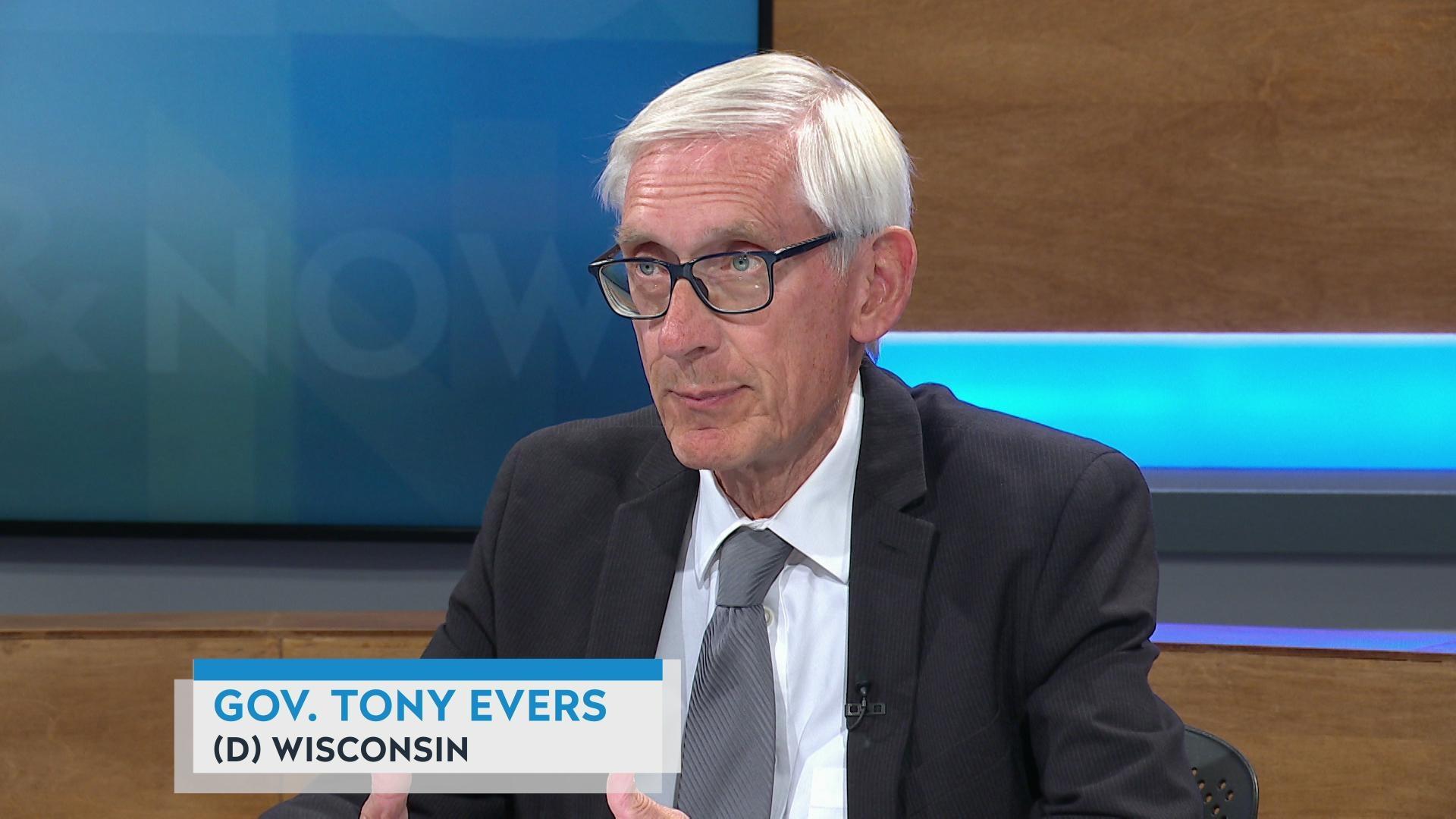

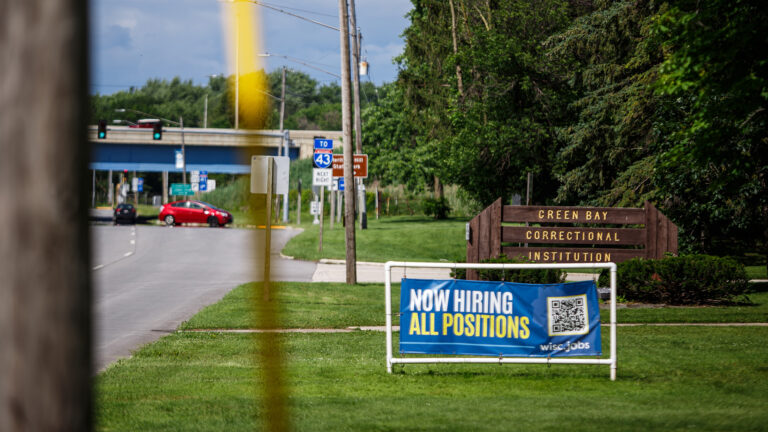

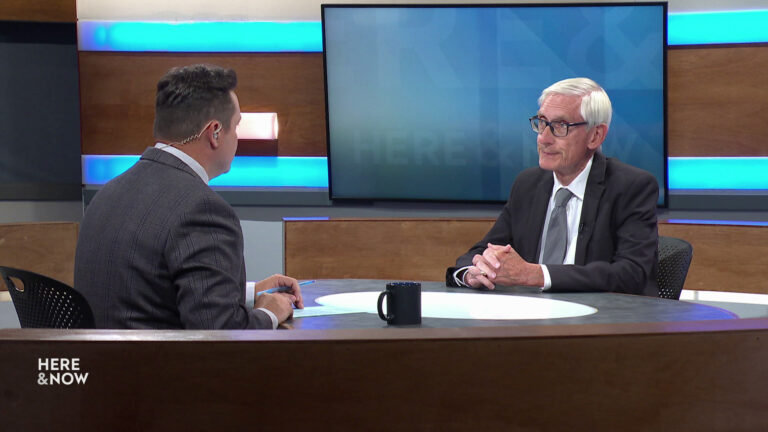
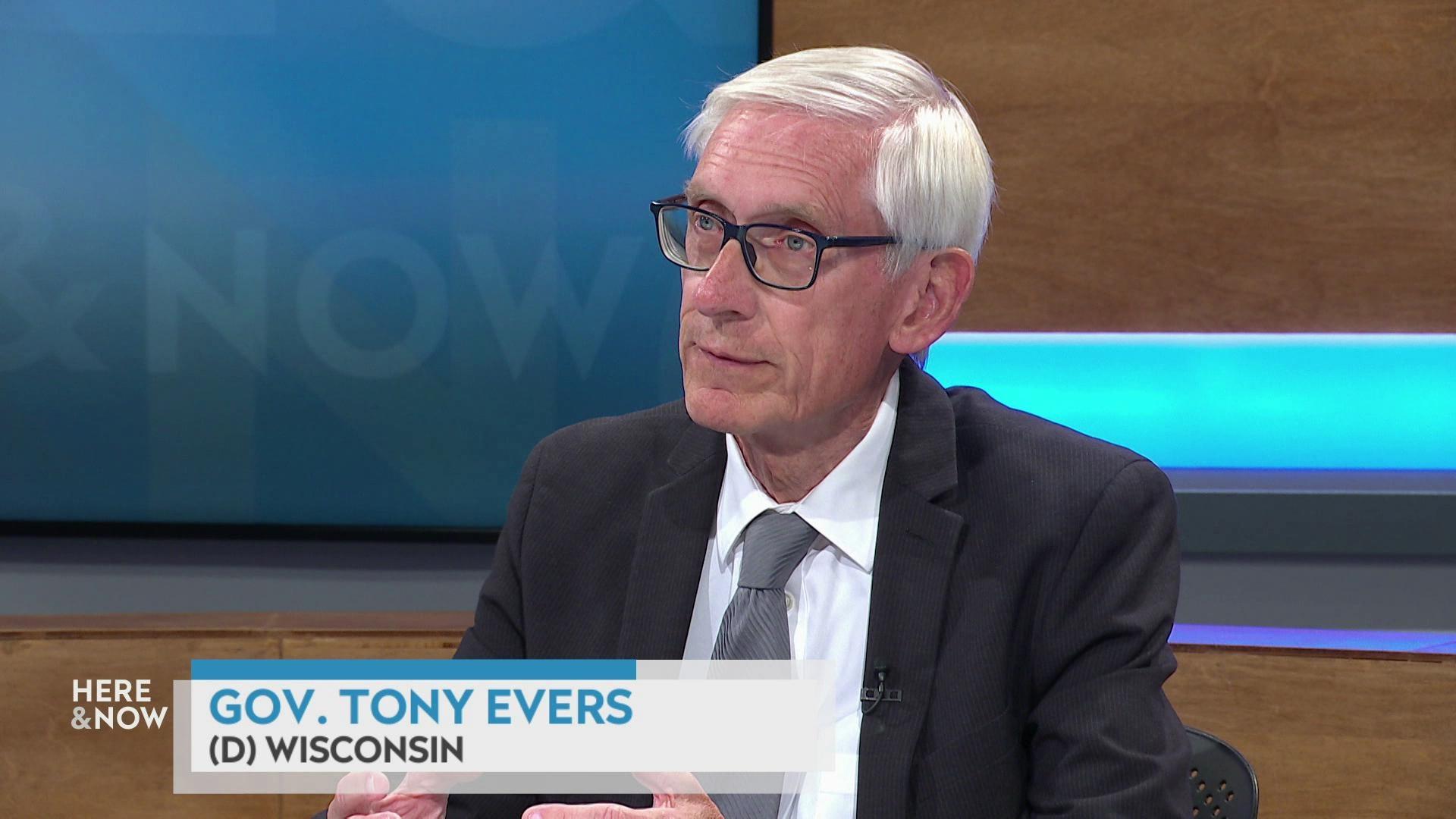





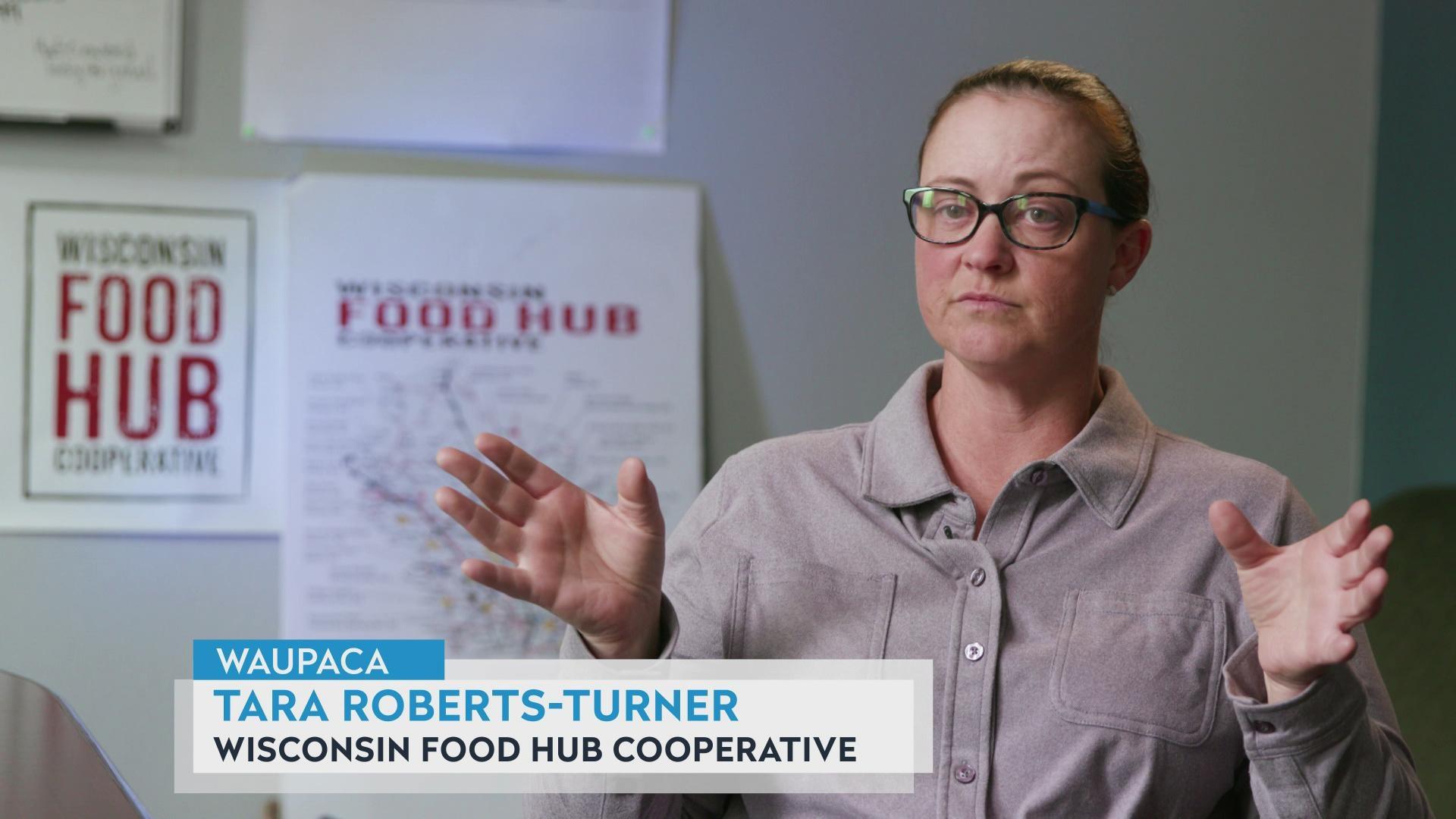

Follow Us